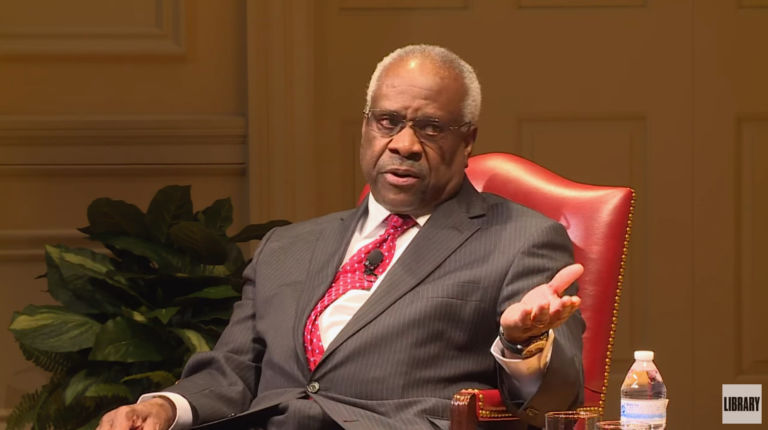Mandating artificial caps to the amount a landlord can charge for rent clearly helps the people who are living in those units. They pay less than the market price and, therefore, save money. But like mandated hikes in the minimum wage, there are many more losers than winners. Natalie Delgadillo writes about a Stanford study of rent control, which is timely information since California and a couple other states are all considering new rent control laws.
“We found that the decrease in supply [of rental units] leads to an overall rent increase. The losses [of rental units] are big and important and really undermine the fundamental goal of rent control,” says Rebecca Diamond, a co-author of the study and an assistant professor of economics at Stanford.
So how did landlords in San Francisco react to rent control? The researchers looked at that.
Many of them — particularly in more expensive areas — took their properties off the rental market and either moved in themselves, converted the units to condos or tore their buildings down to renovate. (That last strategy is a way to avoid the city’s rent control rules since they don’t apply to new construction.)
The lesson? When you don’t allow market forces to determine the price, your price control ends up hurting more people than it helps.


